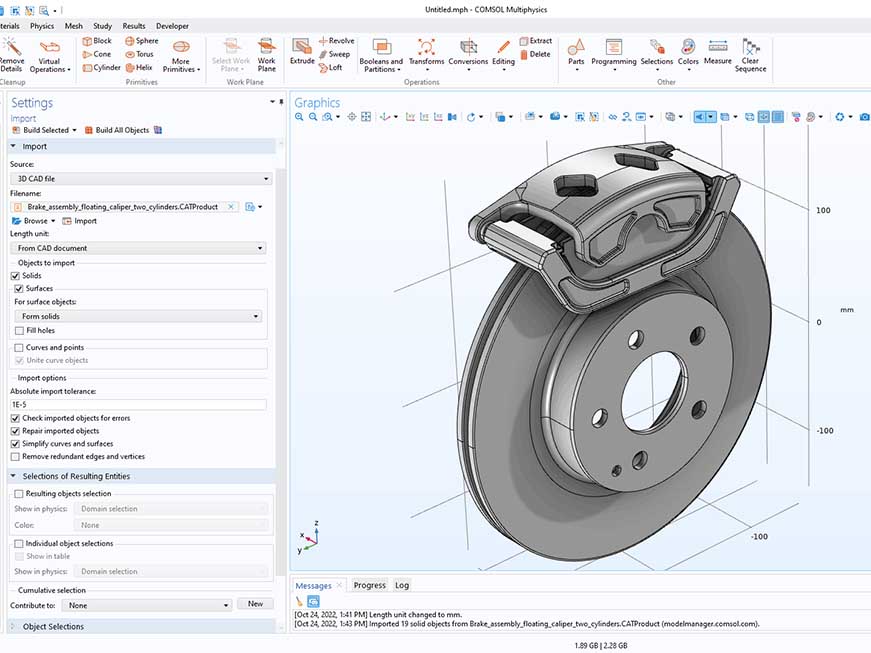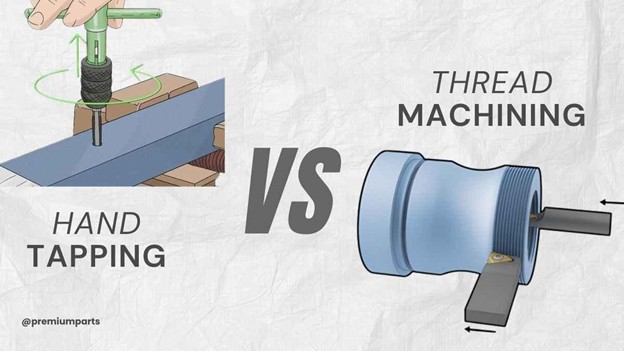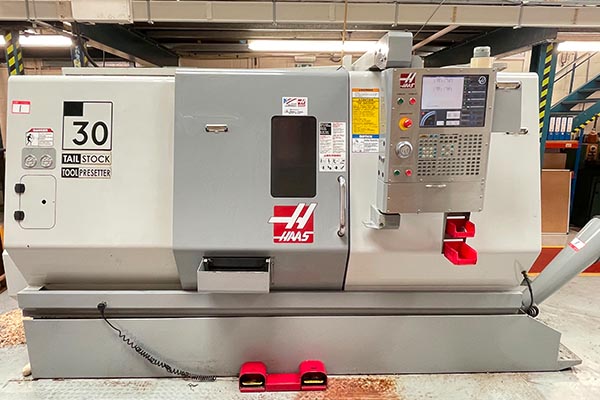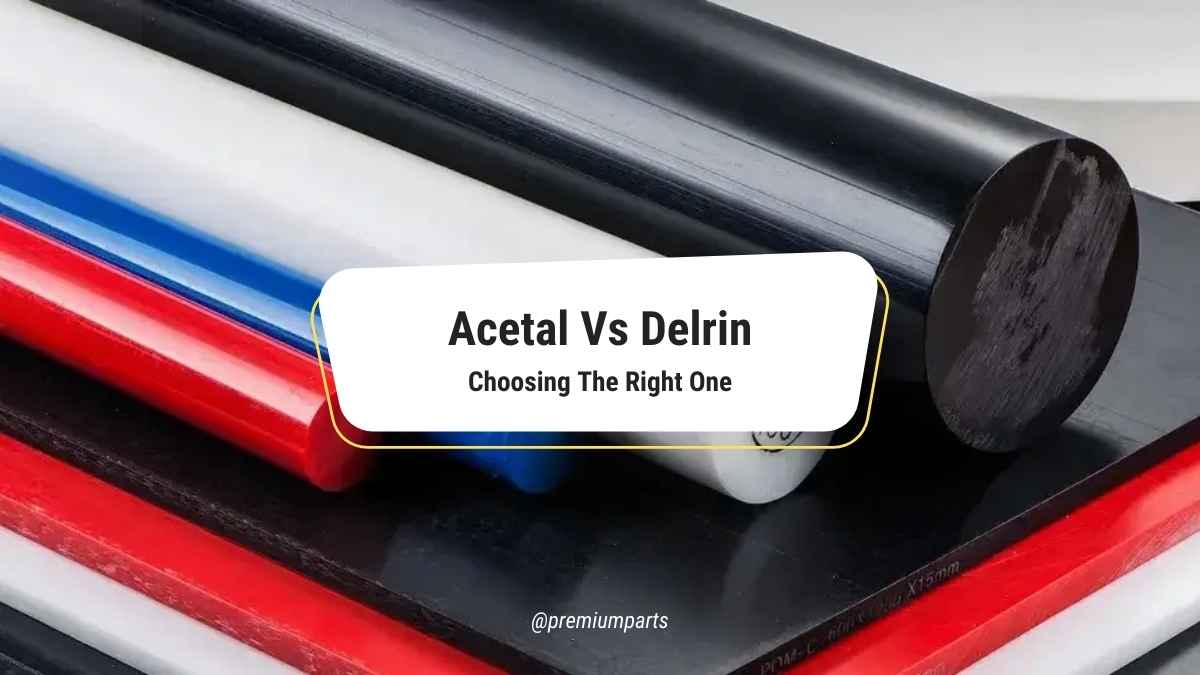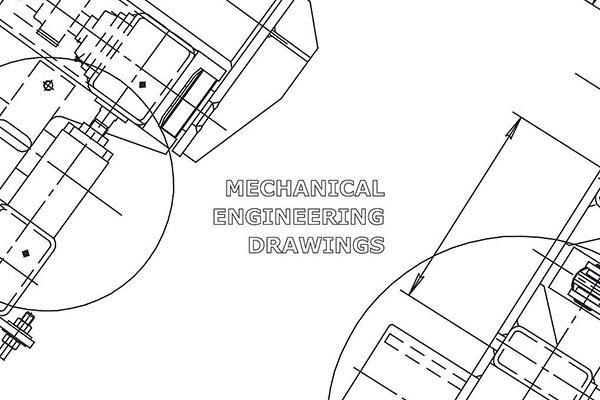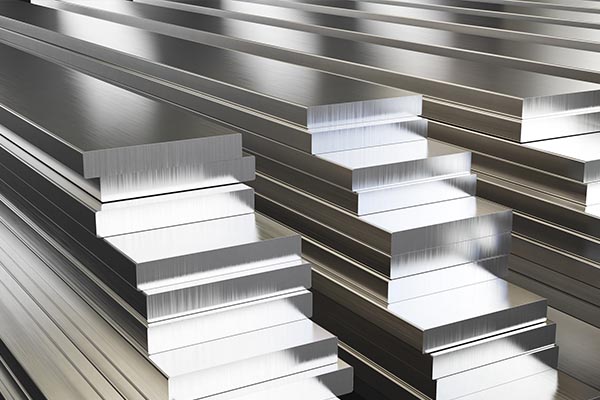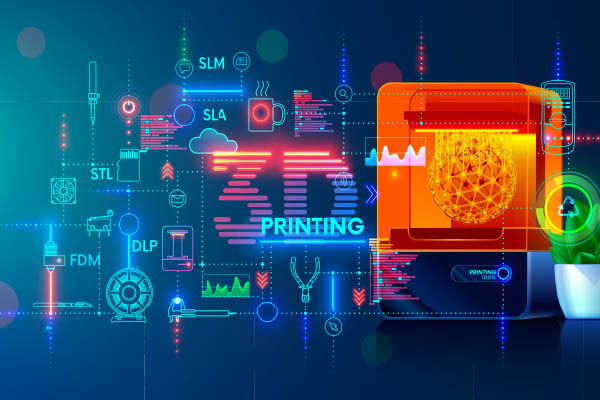The days are gone when blacksmiths used to heat metals and then mold them into different shapes. They would put the metal in extreme temperatures and then strike it down to make wagon parts, horseshoes, weapons, and many other things. After forming the metal into a proper shape, they would cool it down to make it harder. This is what we call heat treatment. However, with modern machinery and metalworking, things have become more manageable.
Molding metals isn’t required. Therefore, different machining and metallurgical processes are available to create accurate and high-quality parts. Besides, different health treatments are available for metals. Each has unique specs, methods, and outcomes.
These heat treatment processes will change the metal’s physical appearance and properties. Let’s explore some significant heat treatment processes, their workings, and their benefits.
What is a Heat Treatment?
Metal parts manufacturing starts with heat treatment. Different heating processes and metal works are needed to change the material’s shape and properties. Heat treatment is a process in which we heat metal to the point that it becomes flexible and allows fabrication and moulding. After it cools down, it takes the shape we have molded it into and changes its properties accordingly. Some significant properties that generally change include ductility, heat resistance, machinability, and firmness.
The heat treatment process depends upon the type of metal and its properties. Therefore, it’s essential to consider the material’s properties before selecting a specific heat treatment.
What Types of Metals Can Undergo Heat Treatments?
Each material has different chemical and physical properties. Some melt when exposed to excessive heat, but some allow manufacturers to mould them however they want. Thus, it is necessary to choose the correct method of heat treatment according to the material’s properties. Metals with a ferrous or iron composition are usually suitable for heat treatment.
Consequently, 80% of steel metals can undergo heat treatment. Nonetheless, some other non-ferrous materials can also undergo heat treatment. Those materials include copper, silver, aluminum, nickel, and others. Here’s a short list of metals that are suitable for heat treatment:
- You can use heat treatment methods like hardening, normalizing, case hardening, tempering, and others.
- Cast Iron
- Carbon Steel
- Martensitic Stainless Steel
- Tool Steel
2. Heat treatment methods like annealing, ageing, and quenching are suitable for:
- Copper
- Copper Alloys
3. Annealing, solution, natural, and artificial ageing is ideal for:
- Aluminum
Stages of Metal Heat Treatment
Metal heat treatment includes five basic types. For different metals, the type of heat treatment method is unique. However, it’s crucial to consider that there are three primary stages of heat treatment: heating, soaking, and cooling. As for the others, you will uncover them in the coming sections with the processes and benefits shortly. Keep digging in to get insightful information for stages of metal heat treatment:
1. The Heating Stage
The very first step for the treatment of the metals. Many metals start to undergo chemical and mechanical changes at specific temperatures. You usually need to maintain a temperature of 1200°C, depending upon the metal properties. Moreover, the alloys might have a mixture of the structures, solid or mechanical. Therefore, it’s essential to be extra careful during this stage.
A little carelessness can cause the metals to crack, or a little overheating can cause them to melt. Therefore, you must maintain the heat evenly and set the proper timing. Moreover, there are some other factors that you need to consider during this stage:
- The size and structure of the material, as smaller sizes, may need less time and heat treatment than the bigger ones.
- Check the metal’s condition and decide on the heat treatment type.
- Some metals have more heat conductivity than others, so consider it also.
2. Soaking Stage
In this stage, your metal part’s temperature remains the same for the time you need to change the metal’s structure. The metal must have a uniform temperature during the process. You can also call the soaking stage a “holding time”, meaning a specific period in which you can maintain the heat of the particular period. And there incurs no heat dissipation.
The soaking period is determined by the chemical properties, thickness, size, and weight of the metal. Metals with more size and mass require more time to soak. Nonetheless, the soaking period varies depending on the material’s properties. On average, it’s usually 2 hours or less.
3. The Cooling Stage
The cooling stage includes cooling down the metal after soaking it. You bring down the temperature of the metal back to its normal temperature. That stage shows the properties and outcomes of the resulting material. Again, the metals may change shape or maintain the original one at this stage.
The type of material and its cooling rate determine the outcomes. Therefore, according to the structures and properties of the metal, you also need a special cooling medium for cooling.
Factors Affecting the Metal Heat Treatment Process
Although there are multiple types of heat treatment, you still need to consider a few factors. They are the ones who determine the maximum outcome according to our expectations. Let’s learn them in detail:
Time and Temperature
Time and temperature are the most crucial factors affecting the heat treatment process. Surprisingly, they affect each stage of the metal heat treatment, from heating to soaking and cooling. They are responsible for changes in the properties and structures of the metal at the microscopic level. For example, if you increase the cooling rate of iron, it will cool down faster and alter its microstructure.
Deformation
Different materials have different properties and compositions, but their structure changes vary. Many parts may deform and change their dimensions. Moreover, the amount of deformation depends upon:
- The original structure of the material
- Heat treatment method
- Placement of material in the heading chamber
- The stress and heat distribution
Composition
Another major factor that affects metal heat treatment is the composition of the materials. However, metal alloying can also affect the treatment because it delays metal diffusion, resulting in a delay of allotropic transformation.
Other than that, alloying elements can make the material stiff. Elements like Manganese and molybdenum also offer tempering that enhances material machinability. Thus, the composition of metals directly influences the heat treatment process.
Types of Heat Treatment and Their Purposes
There are four significant types of heat treatment processes in the manufacturing industry. Each type comes with a unique process and advantageous outcome. Here are they:
Hardening
As the name suggests, this type of heat treatment increases the hardness of the metal. In this process, we heat the metal to 800 to 900°C and then cool it down. For cooling, we use mediums like oil and water and dip the heated metal into them. However, metals with a high composition of alloying elements may require a higher temperature. For them, you can use temperatures from 980 to 1110°C.
Consequently, some steel materials need rapid cooling to ensure good hardness. However, hardening is not a plus point, as with hardness, the materials become less ductile. As a result, the metal becomes brittle and is prone to wear and tear.
Tempering
The hardening process is not suitable for some metals, as they become more brittle and less ductile after the process. The reason behind that is the rapid cooling after heating, which results in internal pressure. Tempering is a process that releases that pressure and makes elements more ductile after hardening. This process includes heating the material to 125 – 700°C and then allowing it to cool down.
Therefore, the temperature we use for tempering is always less than that for hardening because you need to cool the material in still air. Besides, the cooling process does not make any notable changes in the structure of the material. By increasing the temperature gradually, the material becomes softer. However, some materials become harder after tempering, so an exception is always there.
Annealing
Annealing is the best heat treatment process for soft metals with low carbon content. This method reduces the internal pressure and enhances metals’ ductility by refining their structures. Annealing usually includes three steps:
- Heat the metal at 260 – 760°C, but keep the steel grade in mind.
- Maintain the temperature of the material for a specific period.
- Cool it down at room temperature.
However, the cooling rate depends upon the metal’s properties. Some metals have high heat dissipation while others cool down slowly. Compared to hardening, annealing produces soft metal.
Conversely, the process of metals in annealing is different from tempering. In annealing, we cool down the materials by burying them in ashes or sand. This cooling process, which entails burying metal in non-conductive material, is called packing. Therefore, the most effortless cooling process in annealing is cooling down the furnace and the steel part.
Normalizing
The last type of heat treatment of metals is normalizing. This type also removes the internal stress from the materials. This method is especially effective for products undergoing heat treatment, machining, forging, welding, and other similar processes. However, normalizing metals makes them stronger, harder-complex, and does well. Moreover, this method is particularly special for products undergoing extreme pressures and requiring requisite toughness. This method includes:
- Heat treatment of the material under the specific temperature of 810-930°C.
- The temperature depends upon the grade of steel and the material type.
- Soaking of the material to maintain the heat for a period.
- Cooling the material in still air.
Benefits of Heat Treatment of Metals
All the metal equipment and parts you see around you are thanks to heat treatment. Even if you can mold the metal by other means, it won’t offer the proper functionality. For example, some will be hard and brittle, while others will be weak. Many parts used in aerospace, automobile, surgical, and new technology result from heat treatment. Thus, this method ensures high quality and performance.
Moreover, heat treatment enhances the strength and durability of metals. Furthermore, the quality parts ensure the long-term and cost-effective functionality of machines. So, whether you need hard metals or ductile ones, heat treatment can offer all of them. Here are some other benefits of heat treatment:
- Relieves the internal strengths by making parts easy to weld.
- It makes products more flexible and ductile.
- Wear resistance properties offer durability.
- Reduces rigidness and brittleness.
- Increases the electric and magnetic properties.
Conclusion
It won’t be wrong to say that heat treatment is the pillar of the metal parts manufacturing industry. It enhances the physical and mechanical properties of the metals and their magnetic prowess. However, before treating metals, you must understand their properties to choose the right type of heat treatment. However, now that you know everything about heat treatment and its uses. Why not get your project done by the experts to get the desired results?
Premium Parts takes care of all your metal heat treatment needs and surface finishes. Our expert team can customize metal treatment solutions. We enhance the hardness, power, strength, and physical properties of the metals just as you need. Contact us now to discuss your project and get a quote.
FAQs
Q1: What types of metals can undergo heat treatment?
You can heat treat both ferrous and non-ferrous metals. However, it’s best to consider the different properties of steel grades and metals to choose the correct treatment method.
Q2: How is annealing different from normalizing?
In annealing, we use low temperature and furnace cooling or packing. However, in normalizing, we use high temperature and air stir cooling. Moreover, normalizing is best for ferrous metals, while annealing is best for both ferrous and non-ferrous metals.
Q3: Can we do the heat treatment of steel?
Although the heat treatment of original steel is difficult as it includes nickel, you can make martensitic stainless steel harder by using heat treatment at 980 to 1110°C.



